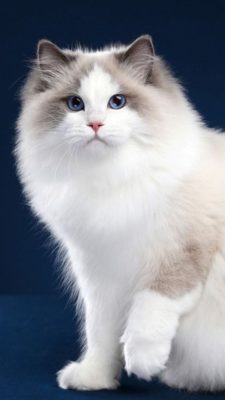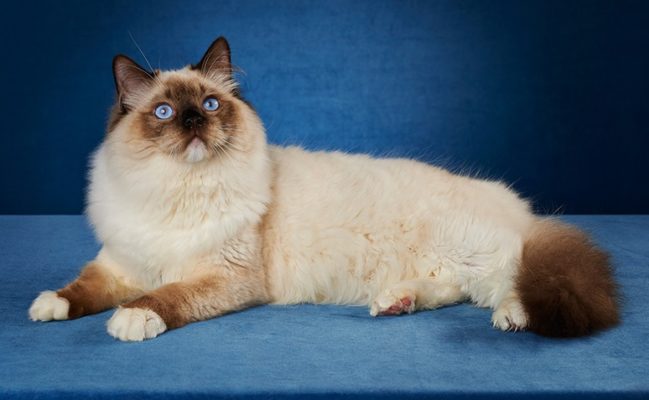Ragdoll
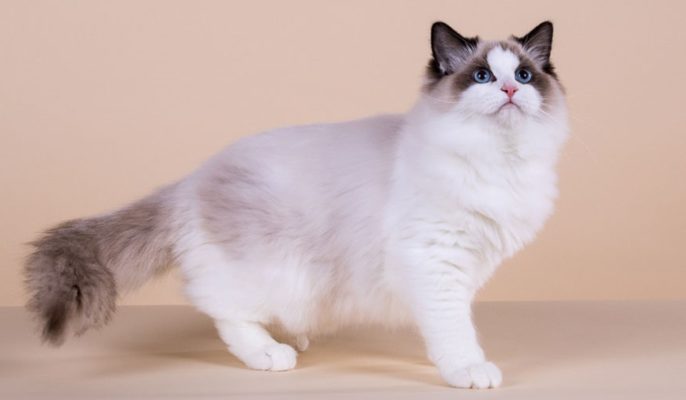
Ragdoll can relax completely in the owner’s arms; it can become a willful rag doll, which fully corresponds to its name. Such softness and malleability are as pleasant as it is amazing. Outdoors, ragdolls feel at ease, acting all phlegmatic and even lazy. The absence of aggression and restraint in emotions is their distinctive feature.
Table of Contents
Breed Information
| Origin | United States |
| Size | Males 35-40 cm Females 32-35 cm |
| Weight | Males 6-9 kg Females 4-7 kg |
| Fur Type | Semi-long-haired |
| Color | Colorpoint, bicolor, mitted, black, chocolate, blue, mauve |
| Lifestyle | Indoors |
| Lifespan | 11-15 years |
| FIFe Classification | Category II: “Semi-long-haired” Breed designation – RAG |
| WCF Classification | Group 2: “Semi-long-haired” Breed designation – RAG |
| TICA Classification | RD |
| Group | Long-haired cats, apartment cats (docile cats) |
| Price | $800-1200 |
Breed Photos
Origin History
Ragdoll translates from English as a rag doll. The Ragdoll is the only cat breed that has such a doll prefix in its name. The Ragdoll is considered one of the largest cat breeds, third after the Savannah and the Maine Coon. The breed was bred by the famous breeder Ann Baker in America by crossing the domestic cat Josephine with a Burmese cat. The offspring turned out to be unique; all kittens were born with a new amazing quality – muscular relaxation. They flowed out like wax, softened like plasticine in human hands. This breed is quite young but quickly gained admirers first in the United States, then in Europe, and later in the post-Soviet countries. The breed was officially recognized in 1993.
Appearance
Ragdolls are awkward creatures, but they are beautiful and large. Representatives of this breed can weigh more than ten kilograms. From Burmese cats, Ragdolls inherited the characteristic Siamese color and turquoise eyes. The unusual ability to soften in hands was inherited from the breed’s ancestor, house cat Josephine.
Ragdolls develop more slowly than other cat breeds. They are not fully formed until they are three or four years old. Kittens are born snow-white; they get their coloring with age. In the bright sapphire eyes of these cats can drown. And the thick and long hair feels like silk.
Character
Ragdoll can relax completely in the owner’s arms; it can become a willful rag doll, which fully corresponds to its name. Such softness and malleability are as pleasant as it is amazing.
Outdoors, ragdolls feel at ease, acting all phlegmatic and even lazy. The absence of aggression and restraint in emotions is their distinctive feature. Calm, gentle, and moderately active, ragdolls are very comfortable living in the house. Representatives of this breed prefer to meditate rather than fuss, with their sky-colored eyes looking into the very essence of things.
Ragdolls are intelligent, obedient, get along well with other pets, and get along with children. Being alone for a long time without a beloved cuddle, alone with himself, can become depressed.
Care
Ragdolls can be described as rather clumsy. If the Ragdoll accidentally falls off its lap or is dropped by you, it will not be able to land on its four paws. Ragdolls are completely disoriented during muscle relaxation, so they are unable to group up when they land.
Ragdoll hair is very fluffy and long, but despite this, unpretentious in care. Frequent combing is not required from the owner; once a week is enough, the hair is not prone to rolling. There are periods of molting in ragdolls, and then it is better to wash these cats. Even a three-month-old female ragdoll can stoically endure water treatment. The sooner you get your cat used to bathing, the more relaxed he will be about the process. Special shampoo and conditioner are like for humans. Haircare products are necessary to prevent the hair from getting electrified and dust settling on it and for softness and silkiness.
Education
Ragdolls should not be treated as living dolls; they need movement and play but in small doses. When playing, unlike other breeds, they do not release claws and almost never meow, which greatly simplifies raising the pet. Cats of this breed are very sensitive to shouting. An elevated tone in training is categorically inappropriate. Redgoll will hide in the farthest corner or under the bed; to get him out of there will not be a problem, but the psychological damage has already been done.
Common Diseases
Ragdolls are almost perfect pets, but they are not immune to hereditary diseases. Hypertrophic cardiomyopathy is one of the most serious diseases. It is associated with the fact that the heart muscles thicken and cannot effectively provide heart function and blood flow to the organs. This disease cannot be cured, but it can be lived with if you go to the veterinarian in time. In today’s world, many medications can prolong the life of your beloved pet.
Another characteristic condition for Ragdolls is hip dysplasia. Injuries, fall, and bad jumps can trigger the onset of symptoms. If you notice your pet limping, you should immediately see a veterinary orthopedic surgeon rule out dysplasia or have the condition surgically corrected.
Ragdolls have a heightened pain disorder and innate sensitivity, so they can often hide their ailments. Monitor your pet’s behavior carefully and consult your veterinarian if you have any suspicions.
Nutrition
The Ragdoll is a slow-growing breed, and this must be taken into account when formulating the diet. While the breed is growing, it should be fed four to five times a day. Adult Ragdolls are usually fed two to three times a day. When it comes to natural food, eggs, boiled beef, and fish are especially good for this breed.
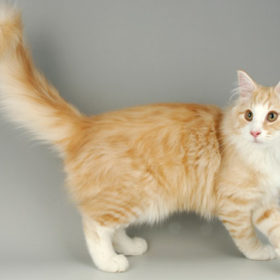 Norwegian Forest Cat
Norwegian Forest Cat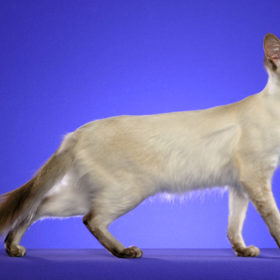 Balinese Cat
Balinese Cat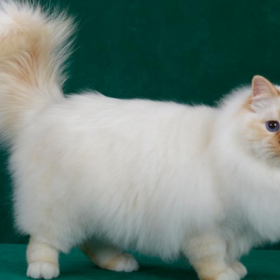 Ragamuffin
Ragamuffin Birman
Birman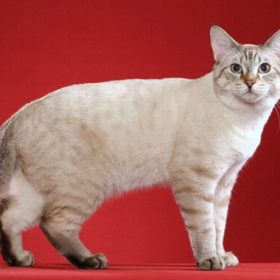 American Bobtail Shorthair
American Bobtail Shorthair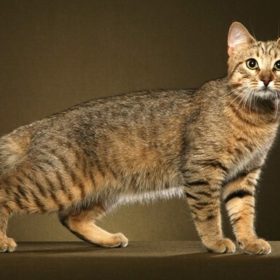 Pixie-bob Shorthair
Pixie-bob Shorthair